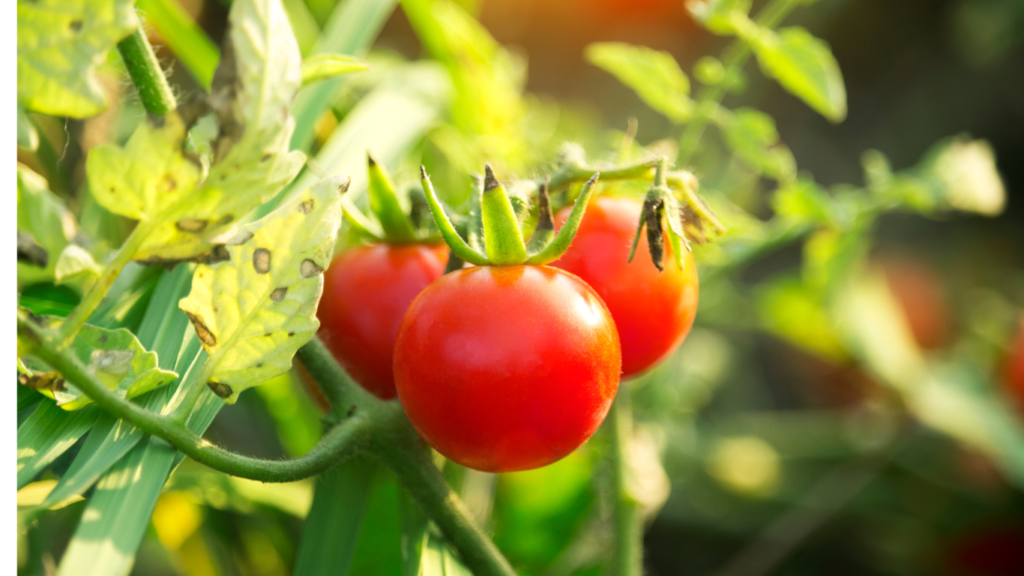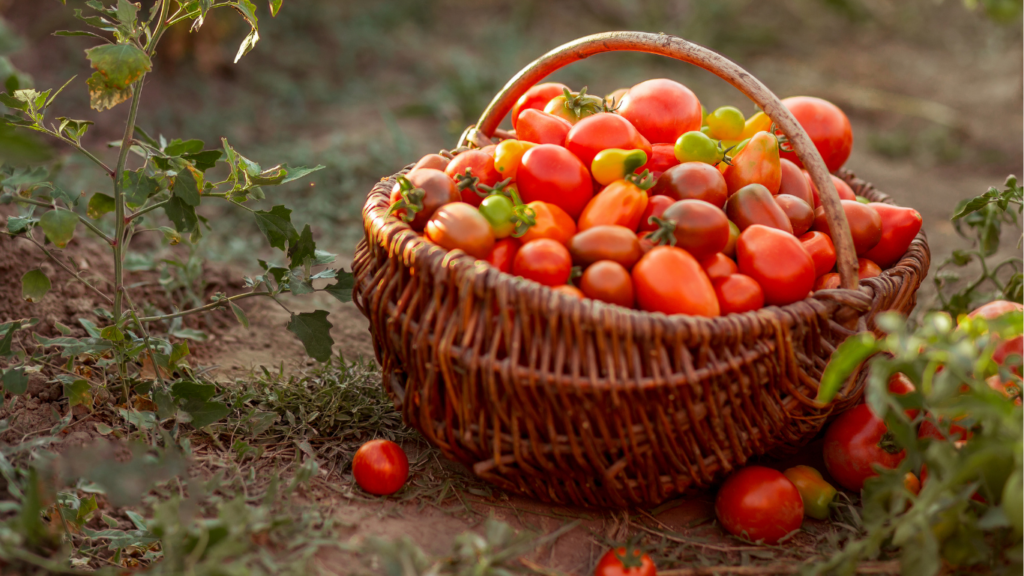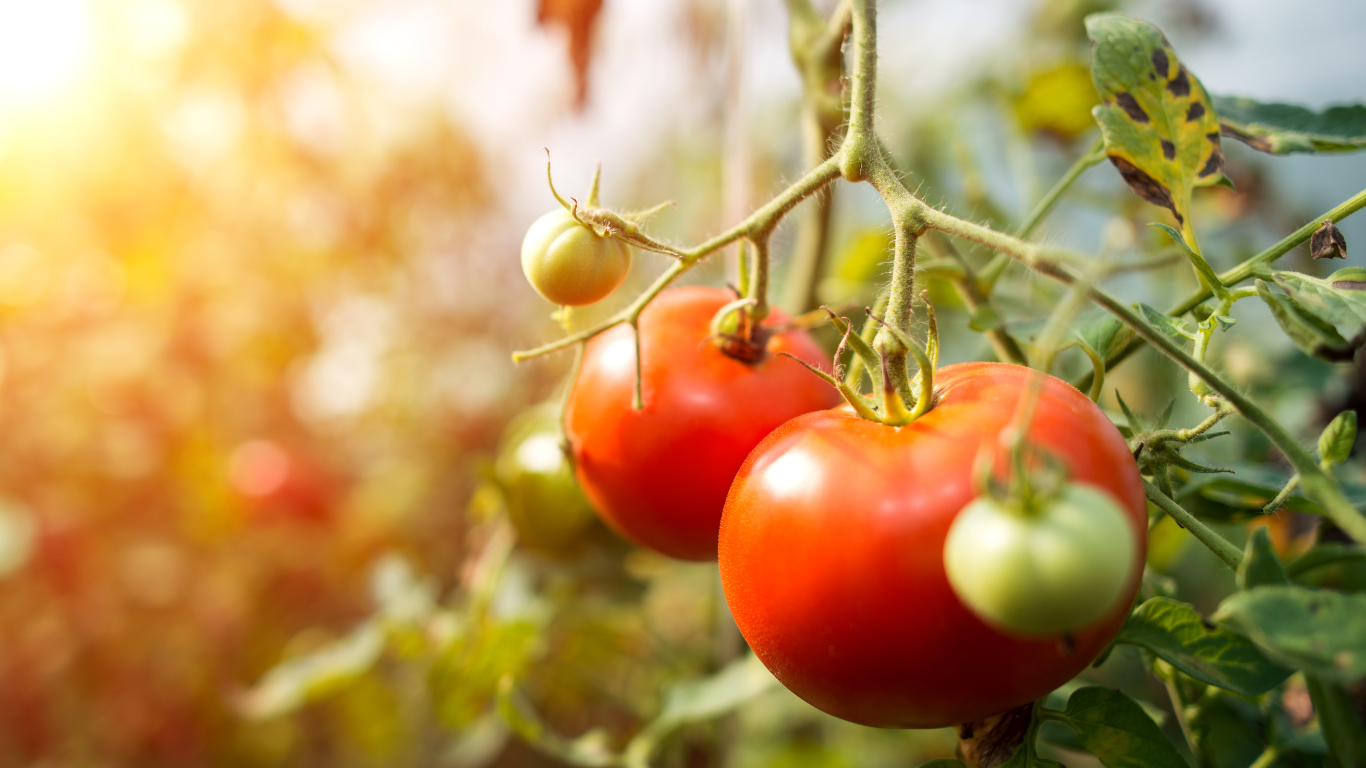Tomatoes are one of the most popular and versatile vegetables to grow in North Carolina. Whether you’re an experienced gardener or just starting out, planting tomatoes can be a rewarding and enjoyable experience. However, knowing the best time to plant tomatoes in NC is crucial for a successful harvest. In this comprehensive guide, we will explore the factors to consider when determining the ideal planting time, recommended planting dates for different regions in North Carolina, how to prepare the soil, choosing the right tomato varieties, tips for successful planting and care, common challenges, and finally, how to harvest and enjoy your homegrown tomatoes.
Factors to consider when determining the best time to plant tomatoes in NC
When determining the best time to plant tomatoes in NC, several factors need to be considered. First, knowing the average last frost date in your specific region is crucial. This will help you determine when it is safe to plant tomatoes without the risk of frost damaging or killing your plants.
Another factor to consider is soil temperature. Tomato seeds germinate best when the soil temperature is around 60°F to 70°F. If the soil is too cold, the seeds may not germinate properly, leading to poor growth and development. You can use a soil thermometer to measure the temperature and ensure it is within the optimal range before planting.
Finally, consider the specific tomato varieties you plan to grow. Some varieties are more cold-tolerant and can be planted earlier in the season, while others may require warmer soil temperatures. Check the seed packet or contact a local extension office for guidance on the ideal planting time for your chosen tomato varieties.
Recommended planting dates for tomatoes in different regions of North Carolina

Now that we’ve discussed the factors to consider, let’s explore the recommended planting dates for tomatoes in different regions of North Carolina.
In the mountainous regions of western North Carolina (Zone 6), the average last frost date is typically around mid to late April. Transplant the seedlings outdoors once the danger of frost has passed and the soil has warmed up.
In the central Piedmont region (Zone 7), the average last frost date is usually in early to mid-April. Follow the same timeline as the mountainous regions, starting your seeds indoors in late February or early March, and transplanting them outdoors after the last frost.
In the coastal areas of eastern North Carolina (Zone 8), the average last frost date is typically in late March to early April. You can start your tomato seeds indoors in late January or early February, and transplant them outdoors after the last frost.
It’s important to note that these are general guidelines, and local variations in weather and microclimates may affect the optimal planting dates. Keep an eye on local weather forecasts and consult with experienced gardeners or extension offices in your area for more precise recommendations.
Preparing the soil for tomato planting
Preparing the soil is a crucial step in tomato planting and can greatly impact the success of your crop. Here are some tips to ensure your soil is ready for planting.
First, choose a location that receives at least 6 to 8 hours of direct sunlight per day. Tomatoes need ample sunlight to thrive and produce a bountiful harvest. Next, test your soil’s pH level. Tomatoes prefer slightly acidic soil with a pH range of 6.0 to 6.8. If your soil is too alkaline, you can amend it with organic matter such as compost or peat moss to lower the pH.
Before planting, remove any weeds or grass from the planting area. This will reduce competition for nutrients and water. You can also incorporate organic matter into the soil to improve its structure and fertility. This can be done by adding compost, well-rotted manure, or other organic amendments. Work the organic matter into the top 6 to 8 inches of soil using a garden fork or tiller.
Finally, ensure that the soil is well-drained. Tomatoes are prone to root diseases if the soil is waterlogged. If you have heavy clay soil, consider adding organic matter or sand to improve drainage. If necessary, create raised beds or mounds to ensure proper drainage.
Choosing the right tomato varieties for North Carolina

Choosing the right tomato varieties is essential for a successful harvest in North Carolina. Here are some factors to consider when selecting tomato varieties:
- Heat tolerance: North Carolina summers can be hot and humid, so choose varieties that are heat-tolerant and can withstand high temperatures.
- Disease resistance: Tomatoes are susceptible to various diseases, such as early blight, late blight, and tomato spotted wilt virus. Look for varieties that have resistance or tolerance to these diseases.
- Determinate vs. indeterminate: Determinate varieties are bushy and compact, while indeterminate varieties are vining and require support. Consider your space limitations and support system when choosing between determinate and indeterminate varieties.
- Flavor and use: Consider whether you prefer tomatoes for slicing, canning, or sauces, and choose varieties that are well-suited for your desired use. Also, consider the flavor profile you prefer, whether it’s sweet, tangy, or rich.
Some popular tomato varieties that perform well in North Carolina include ‘Better Boy’, ‘Celebrity’, ‘Cherokee Purple’, ‘Roma’, and ‘Sun Gold’. Experiment with different varieties to find ones that suit your taste preferences and growing conditions.
Tips for successful tomato planting and care in NC
Once you’ve determined the best time to plant tomatoes in NC and selected your varieties, here are some tips for successful planting and care:
1. Transplanting seedlings: When transplanting your tomato seedlings outdoors, bury them up to the first set of true leaves. This will encourage stronger root development and a more robust plant.
2. Watering: Tomatoes need consistent moisture, especially during the flowering and fruiting stages. Water deeply and regularly, aiming for 1 to 1.5 inches of water per week. Avoid overhead watering, as it can promote disease. Instead, use drip irrigation or soaker hoses to deliver water directly to the soil.
3. Mulching: Apply a layer of organic mulch around your tomato plants to conserve moisture, suppress weeds, and regulate soil temperature. Straw, shredded leaves, or wood chips are all excellent choices for mulch.
4. Fertilizing: Tomatoes are heavy feeders and require regular fertilization. Before planting, incorporate a balanced fertilizer or compost into the soil. Once the plants start producing fruit, side-dress them with additional fertilizer every 4 to 6 weeks.
5. Pruning: Depending on the tomato variety, pruning may be necessary to improve air circulation and reduce the risk of disease. Indeterminate varieties, in particular, benefit from pruning to remove suckers and maintain a more manageable size.
6. Staking or supporting: Indeterminate tomato varieties require support to keep the plants upright and prevent sprawling. Use stakes, cages, or trellises to support the plants and keep the fruit off the ground.
Common challenges and how to overcome them
Growing tomatoes in North Carolina is not without its challenges. Here are some common issues you may encounter and how to overcome them:
1. Diseases: Tomatoes are susceptible to various diseases, such as early blight, late blight, and fungal infections. To prevent diseases, practice crop rotation, avoid overhead watering, provide adequate air circulation, and choose disease-resistant varieties.
2. Pests: Common tomato pests in North Carolina include tomato hornworms, aphids, and flea beetles. Monitor your plants regularly and take action at the first sign of infestation. Use organic pest control methods such as handpicking, companion planting, or applying neem oil.
3. Blossom-end rot: Blossom-end rot is a physiological disorder caused by calcium deficiency. It appears as a dark, sunken area on the bottom of the tomato fruit. To prevent blossom-end rot, ensure consistent moisture, maintain proper soil pH, and avoid over-fertilization.
4. Extreme weather: North Carolina’s unpredictable weather can pose challenges for tomato growers. Protect your plants from extreme heat with shade cloth or by providing afternoon shade. During sudden cold snaps, cover your plants with row covers or blankets to prevent frost damage.
Harvesting and enjoying your homegrown tomatoes
The moment you’ve been waiting for has finally arrived – it’s time to harvest your homegrown tomatoes! Here are some tips for a successful harvest and tips on how to enjoy your juicy, ripe tomatoes:
1. Harvesting: Tomatoes are ready for harvest when they are fully colored, firm, and have a slight give when gently squeezed. Use a sharp knife or scissors to cut the fruits from the vine, leaving a small stem attached.
2. Storing: Tomatoes are best enjoyed fresh, but if you have an abundance of ripe fruits, you can store them for a short period. Place them in a single layer in a cool, dry location away from direct sunlight. Avoid storing tomatoes in the refrigerator, as it can affect their flavor and texture.
3. Culinary uses: Tomatoes are incredibly versatile in the kitchen. Slice them for sandwiches and salads, roast them for sauces and soups, or can them for long-term storage. Experiment with different recipes and savor the delicious flavors of your homegrown tomatoes.
Conclusion
Growing tomatoes in North Carolina can be a rewarding and fulfilling experience. By understanding the climate and growing conditions, determining the best planting time, preparing the soil, choosing the right varieties, and implementing proper care techniques, you can enjoy a bountiful harvest of juicy, flavorful tomatoes. Remember to overcome common challenges by practicing disease and pest prevention, and protect your plants from extreme weather. Finally, savor the fruits of your labor by harvesting and enjoying your homegrown tomatoes in a variety of culinary creations. Happy tomato growing!




